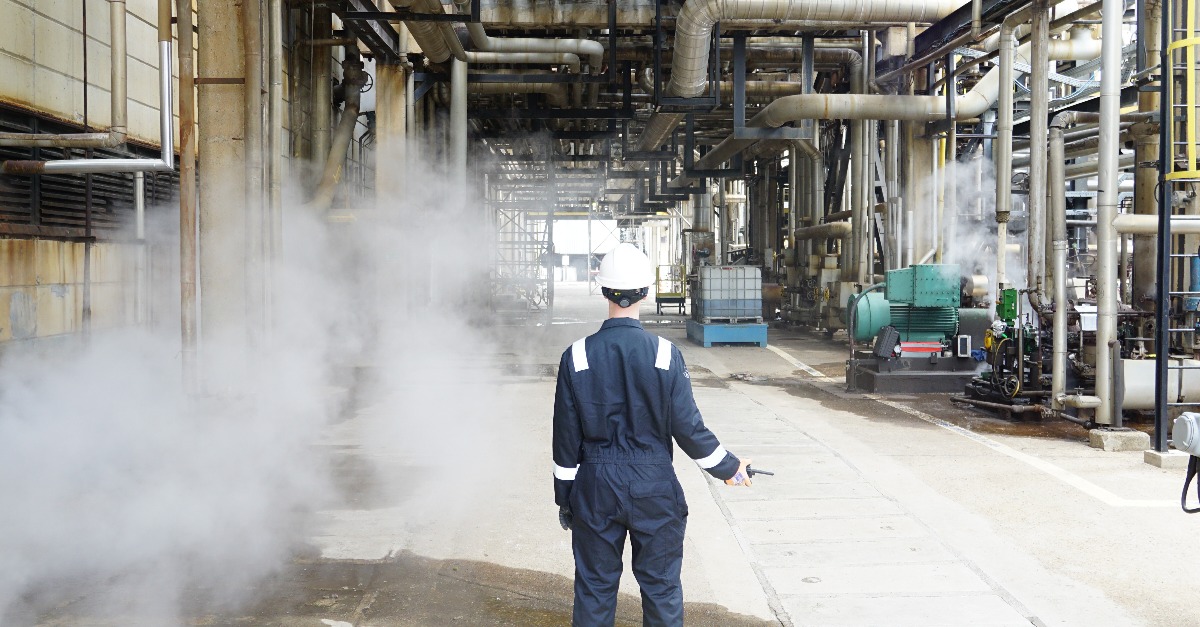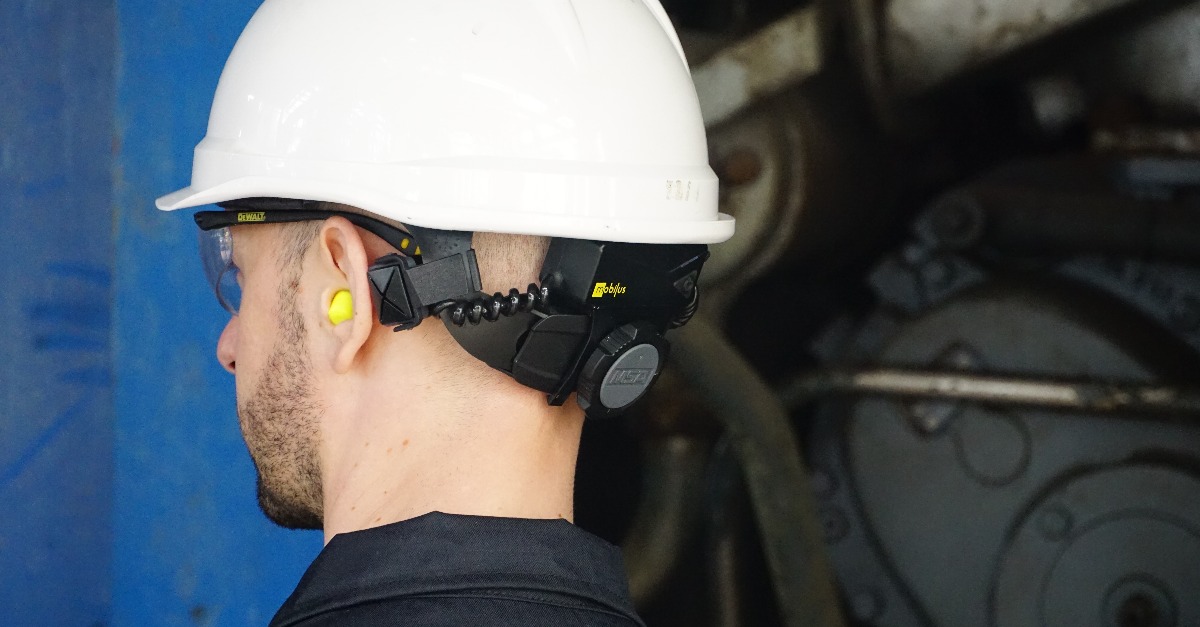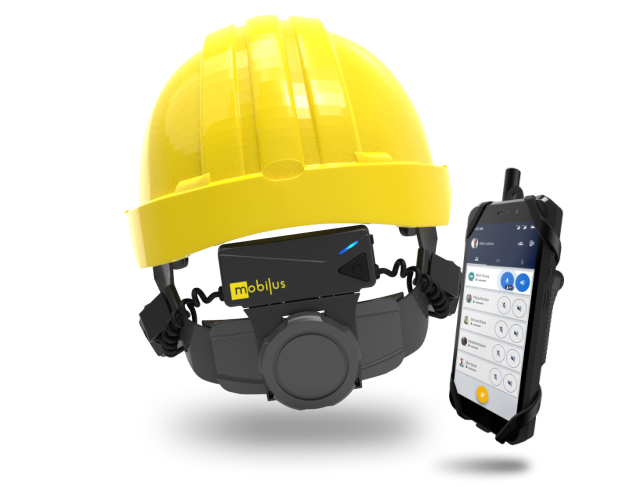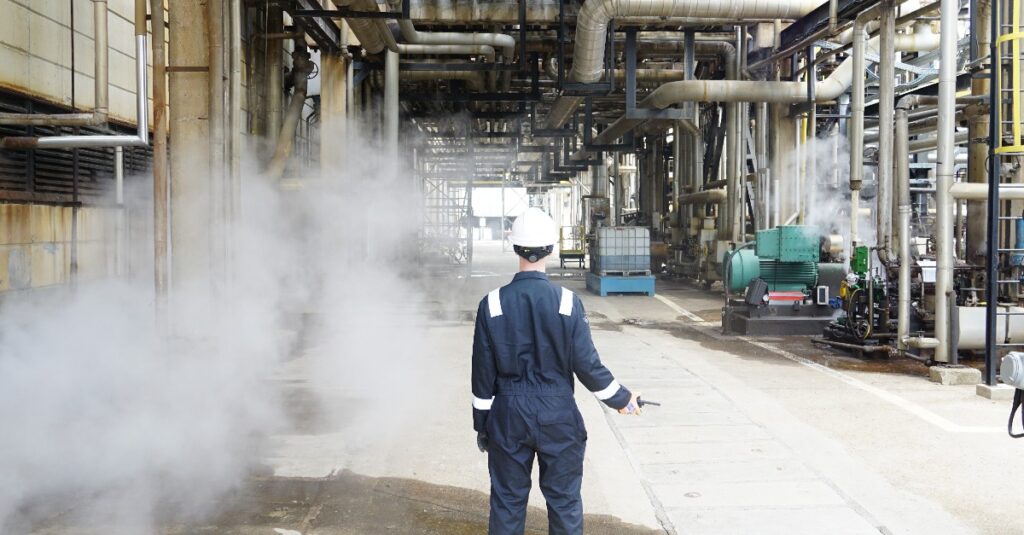
The global challenge of hazardous noise in Industrial environments
According to the World Health Organization, over 22 million workers are exposed to potentially hazardous levels of noise each day. And 28% of noise-exposed workers in Manufacturing report not wearing hearing protection (Centers for Disease Control and Prevention.) There are about 2.6 million non-fatal workplace accidents and injuries in the United States’ private industry each year. In 2019/20, the annual cost of work-related injuries was over $9 billion.
According to OSHA, miscommunication is a leading cause of accidents in the workplace. They estimate that it costs businesses over $1 billion annually. Exposure to high background noise not only is considered as a threat to workers’ health but also poses serious risks of major accidents caused due to delay in communication or miscommunication between teams. Especially in extreme noise industries including Energy, Oil & Gas, General Manufacturing, and Large Scale Construction. The highest priority of these Industries is their workers’ health and safety.
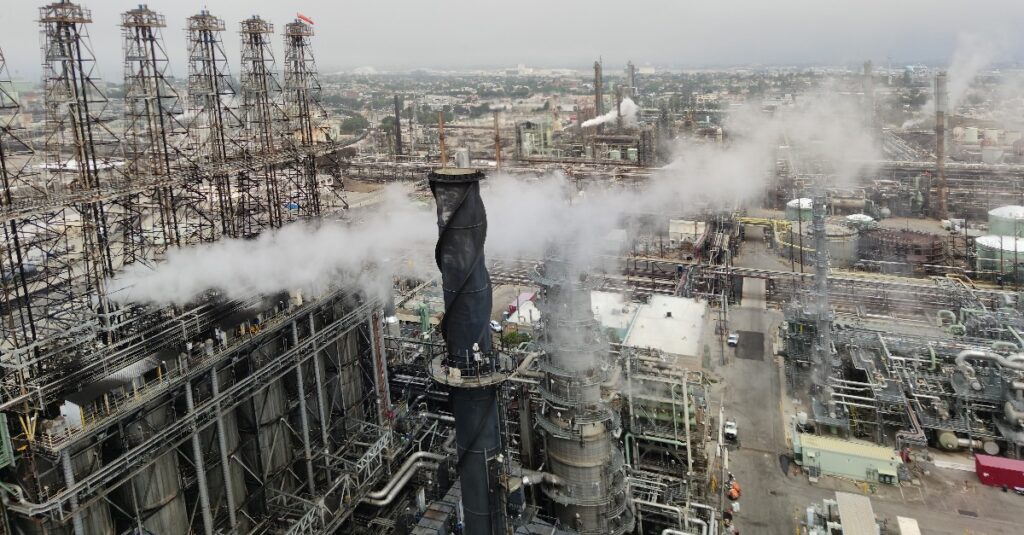
The story
Imagine your team is about to restart a major piece of a processing plant at a refinery after running a comprehensive maintenance check.
To carry out the restart procedure of the processing unit, strict procedural guidelines need to be followed. You are responsible for restarting the unit but you rely on your supervisor for a go-ahead after they ensure that the raffinate levels are safe. Restarting the unit at an unsafe level could cause a potential explosion, and a major life risking incident.
The maintenance team are equipped with walkie talkie radios so that they can communicate with each other across the refinery. However in the high noise environment of the active refinery they can only understand part of the conversation over the airwaves.
You are waiting for your supervisor to give you the go-ahead. Holding the radio against your ear defenders you are unable to make out the instructions from your team. Without clear instructions, you cannot restart the unit. Needing to ensure the raffinate levels are safe before you restart the unit, you stop the work and make the area safe and one of the crew leaves the area with the radio to talk to the supervisor from a quieter area. The crew member leaves the live plant and returns to a cabin in order to discuss the issue with their supervisor and gain clarification on the status of the raffinate levels. It is confirmed that the raffinate levels in the tower are safe and you can continue with restarting the processing unit.
By the time the crew members returns to the job site and the crew are able to continue with the scope of work, an hour and a half have passed. As a result the completion of restart procedure is delayed and the team are unable to start their next scope of work that day, effectively adding a day to the length of the turnaround.
In this case, at least all that was lost was time, however miscommunication can also be responsible for injuries and accidents that could otherwise be avoided. Had the crew not stopped to ensure the raffinate levels were safe before restarting the processing unit, frustrated by their inability to communicate, the outcome could have been very different.
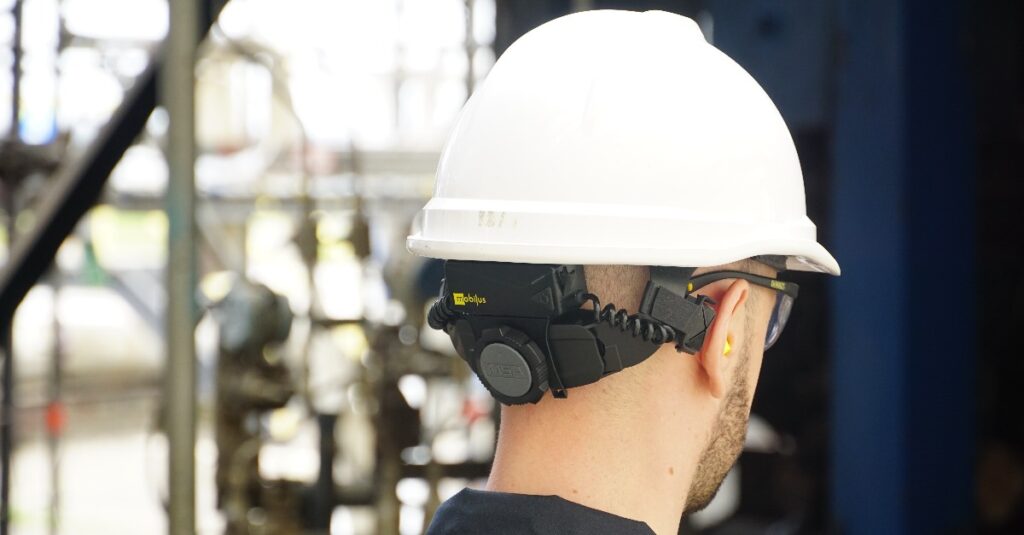
Making Industrial teams safer and more connected
These are real world problems, can cost real world lives and we need a solution to solve them. And that is why companies like Mobilus Labs aim to solve these problems by addressing them through technological innovation.
Mobilus Lab’s mission is to enable collaboration and connection through clear voice communication. We believe that every human should have the ability to explore, learn and communicate without any physical barriers, regardless of the environment. We exist to remove those barriers and empower our inherent need to collaborate and connect with each other through voice communications.
We started where the challenge is the most difficult and most needed to be addressed; voice communication in isolated, extreme noise (85 dB +), industrial environments, such as oil refineries, manufacturing and construction sites. Voice communication in these environments is critical to workers’ safety, productivity and operational excellence.
To address this challenge, we developed mobiWAN and mobiTALK. mobiWAN is our pioneering two-way bone conduction wireless audio headset that seamlessly integrates with communication platforms (for example, walkie talkies, smart phones, MS Teams, etc.) and delivers a superior voice communication experience in extremely noisy and isolated environments. With mobiWAN, you can still wear your hearing protection, walk in and out of noisy environments and communicate with your team – all ears-free. Whereas, mobiTALK is our voice-first push-to-talk software for Industrial teams. With the ability to create customized team voice channels and perform location-based communications, mobiTALK gives your smartphone an instant push-to-talk capability.
Some of the key requirements necessary from a technology to respond to the challenges above include:
- C1D2 HazLoc Certification for hazardous environments
Hazardous Industrial environments require certified accessories which can be trusted to withstand the toughest scenarios without breaking down and causing any operational difficulties.
mobiWAN has been designed to be intrinsically safe and C1D2 certified for hazardous locations, this means it is rugged, drop tested, waterproof, dustproof, and safe to use in environments where there are flammable gasses. - Compatibility with hearing protection and enabling ears free communication
One of the key challenges with traditional walkie talkies is communicating while wearing hearing protection. This often results in delay of critical communication and sometimes even miscommunication between teams working across an industrial facility.
mobiWAN outperforms traditional solutions because we designed it to be easily clipped on the back of your safety helmet, while you can still wear standard safety equipment such as ear plugs, over-the-ear defenders, double hearing protection and protective glasses. The two-way bone conduction speaker and microphone means that the microphone is detecting the vibrations of your voice through the bones in your head, rather than the background noise, whereas the speaker works even if you are wearing hearing protection. This is more difficult with other products such as traditional radios and over-the-ear headsets. - Empowerment of the connected workforce and unlocking instant access to remote expert
The global digital transformation market is expected to grow to $1,009.8 billion by 2025 from $469.8 billion in 2020, at a CAGR of 16.5% during this period. The global digital oilfield market, which includes digital communications technologies for the oil and gas industry, will grow from $24.3 billion in 2020 to $32.4 billion by 2025, at a CAGR of 5.9%. Industries like energy, oil and gas, and heavy manufacturing are heavily investing in communication technologies which enables them to create a connected workforce.
Trusted by the Industry leaders like Chevron and Tupras, mobiWAN helps create a connected workforce by enabling frictionless peer to peer communication in extremely noisy environments.
Complexed industrial procedures also means workers regularly experience challenges which require expert consultation. With mobiWAN, connected workers get instant remote access to on or off-site experts, while they can still carry on with their tasks.
If you want to make your teams safer and more productive by enhancing your field communication capabilities, feel free to get in touch with us here.

